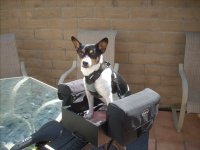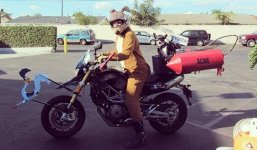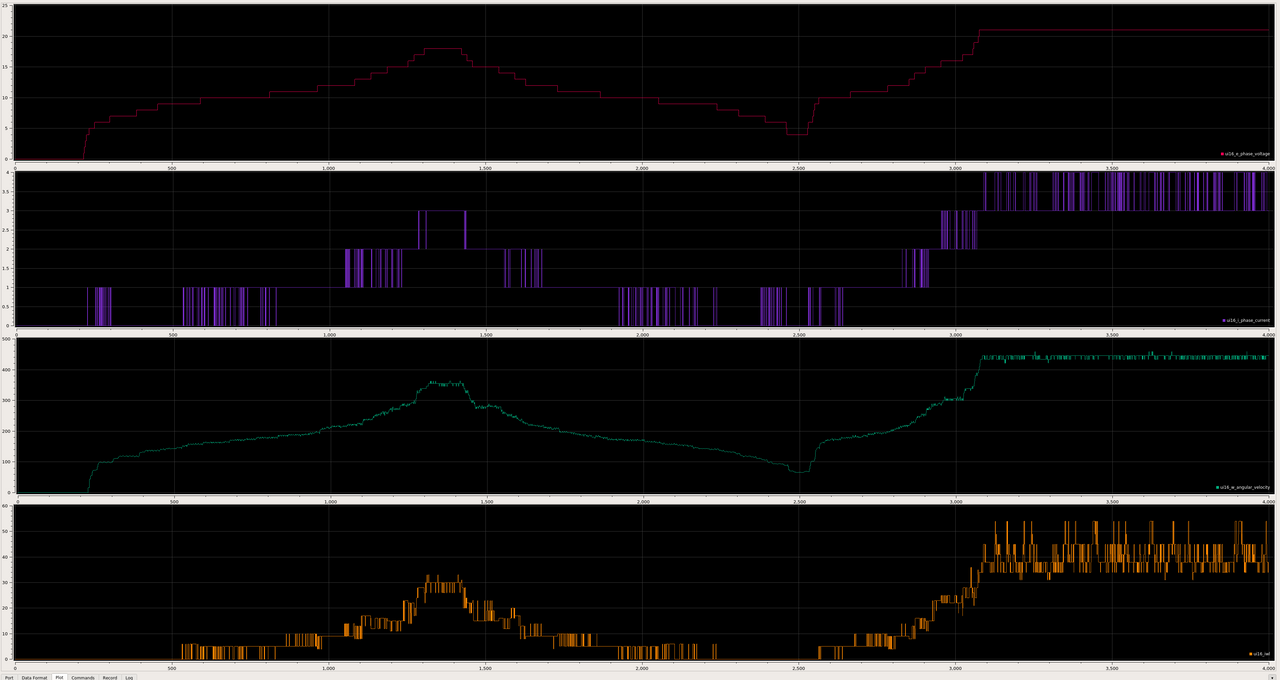John and Cecil
10 kW
- Joined
- Mar 14, 2018
- Messages
- 529
Starting in a higher gear is not good for the blue gear. You want to start off in a gear that does perhaps a max of 10mph or so at redline speed (90 cadence). Take it a little easy until you get over 50% redline speed. Take the motor to redline in 1st gear, then squeeze the throttle 1/4 second before you squeeze the shifter, then release both all while maintaining cadence. Repeat until you reach cruising speed at or near redline for that gear. I can shift fast and smooth this way but it takes a little getting used to. If you are concerned about trashing your gear start off riding in eco mode and get used to shifting in eco mode to get up to cruising speed. Then move up to the next level and master that. It is much more difficult to destroy the blue gear in eco mode rather than the higher pas levels.
As for hills, make sure you climb at least 75% of your redline speed for the gear you are using. If you drop down near 75% then you need to pedal to maintain at least 75% redline speed. What is really bad for the blue gear is torque at slow rpms and braking with the motor still going.
I think ours is about the same - 15mph flats and 20mph with minimal pedaling. However battery voltage makes a huge difference, and the difference between say 56v and 50v is substantial. You should probably get a little more speed with a full charged battery as Cecil, his carrier, and I weigh in at maybe 100kg.
As for hills, make sure you climb at least 75% of your redline speed for the gear you are using. If you drop down near 75% then you need to pedal to maintain at least 75% redline speed. What is really bad for the blue gear is torque at slow rpms and braking with the motor still going.
I think ours is about the same - 15mph flats and 20mph with minimal pedaling. However battery voltage makes a huge difference, and the difference between say 56v and 50v is substantial. You should probably get a little more speed with a full charged battery as Cecil, his carrier, and I weigh in at maybe 100kg.








